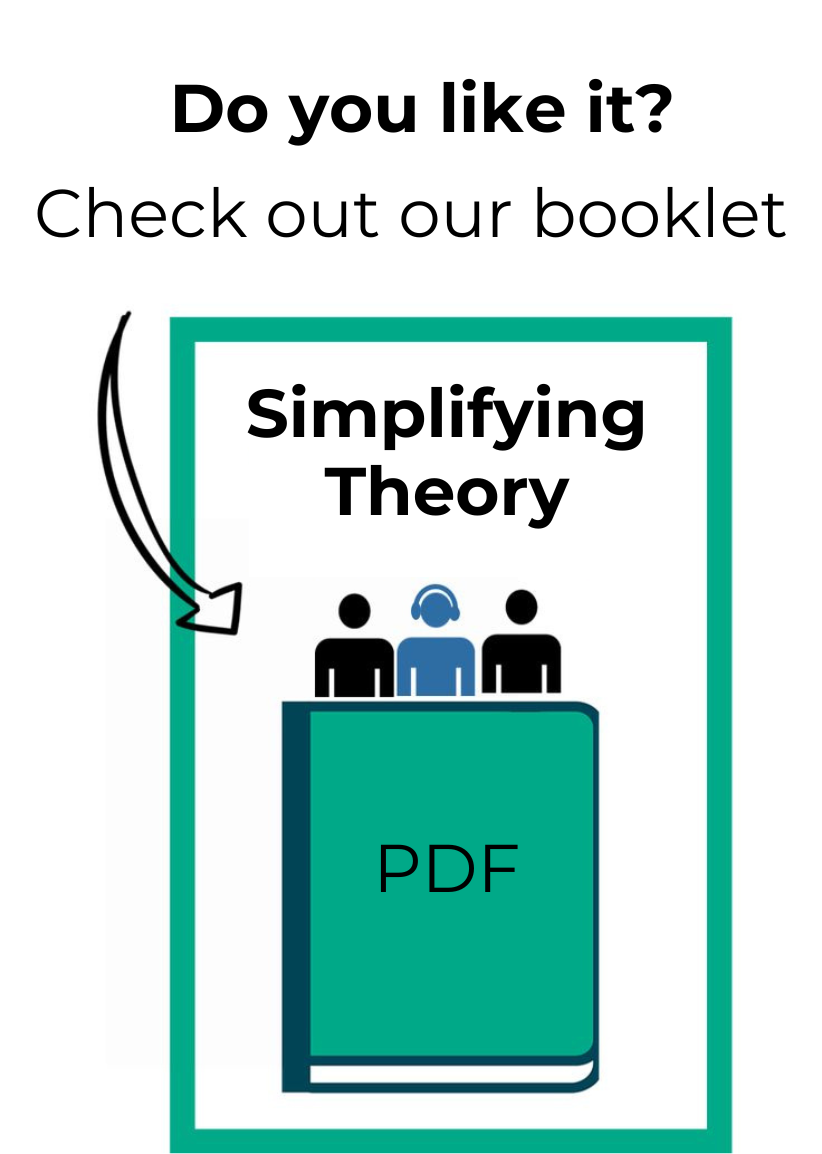Learning to play a musical instrument is one of the best things a person can do. Some of the benefits include:
- Improved self-esteem: Development of a new skill helps our feelings of self-criticism.
- Facilitates social living: Your friends will like you more, because of your ability to provide pleasure through music.
- Enables new friendships: More people will be interested in you, and in addition your introduction into a branch of music could bring more talking points, and allow you to get to know new people and coexist with them.
- Improves your memory: Several studies have already proved that music students have a more developed memory.
- Improves brain connections: Playing a musical instrument is a complex activity, and this mental exercise allows more connections between the neurons
- Enhancement of motor coordination: Using your hands to play an instrument means that your overall coordination improves
- Prevents stress: Closer contact with music calms you down and helps you to relax, making the body produce serotonin
But maybe you are thinking: where to start?
You should know that the most popular musical instruments include guitar, keyboard, bass, and drums, as well as singing (of course). However, many other musical instruments are also commonly played, including wind instruments (like the saxophone and the flute, among others), violin, viola, the harmonica, the accordion, and others.
In this article, we shall address the ease, the practicality, and differences between harmonious and melodious instruments. However, it is important to know, right from the outset, that whatever choice you make regarding music is an excellent choice.
Here, in the Simplifying Music site, we have created many articles for beginners, ideal for those just starting out along a musical path. Indeed, to learn how to play a musical instrument you will need a guide. Private teachers end up very expensive for those people with limited resources. For this reason, there are some solutions that are ready for use. You can choose to learn:
- How to play the guitar: This is one of the most read and most popular articles in our site.
- How to play the keyboard: This is another very popular instrument that has brought our students much satisfaction.
- How to play the harmonica: This is a very cool and easy instrument to learn.
- How to sing well: The voice can also be considered an instrument that produces music.
With so many options available, one of the main doubts shown by anyone thinking of choosing a musical instrument is about the issue of ease.
Which instrument is the easiest to learn?
In fact, it is quite difficult to gauge which is the easiest or the most difficult instrument, as this depends on many different factors. The truth is that certain things are easier with one instrument and more difficult with another, but there is no general consensus about “everything is easier in this instrument”, with each one having pros and cons in this regard.
Difference between harmonic and melodious instruments
The important thing is to know the difference between harmonious and melodious instruments. Harmonic instruments are those that allow the execution of chords, meaning that more than one note is played at the same time. In contrast, melodious instruments allow only one note to be played at a time.
- Examples of harmonic instruments: electric guitar, keyboard, classic guitar, etc.
- Examples of melodious instruments: flute, violin, human voice, etc.
Normally, the melodious instruments need accompaniment, as they have a serious limitation in that they are not able to play harmonies. However, this does not mean that one instrument is better than the other.
Practicality
One important aspect to bear in mind when choosing an instrument, apart from price, is its practicality. If you plan on always playing your instrument in a group of friends, for example, then it is very important that your instrument should be easy to carry around.
On the other hand, if your idea is to play in a band, then logistics will not make that much difference in fact, as you will be spending a lot of time playing and practicing alone, at home, before you even go to a rehearsal. So think about your aim and goal, before you choose the most appropriate instrument.
The pre-requisites for learning to learn a musical instrument, and for skills development
The most important thing for anyone wanting to learn to play a musical instrument is to be willing and to be dedicated. You must be willing even in your moments of laziness (or during those exercises that are somewhat dull), so that you do not give up, and you must be dedicated so that you manage your time and play a little bit every day.
Frequency is much more important than intensity. In other words, it is more advisable to play a little every day, rather than play a lot in the space of a few days. So try to manage the time in your agenda, always setting aside at least 10 minutes so you can practice every day. The more time you can dedicate to your studies every day, the better.
And do not forget: there are no limits on development! Never think that you have already reached your peak and do not need to learn new things. There is always progress to be made, and if you think you do not need to better your performance with your chosen instrument (you are satisfied), then it would be better for you to start playing another instrument. Music is one of the most beautiful things that exist, so I advise you to join the team of musicians – today, without delay!
